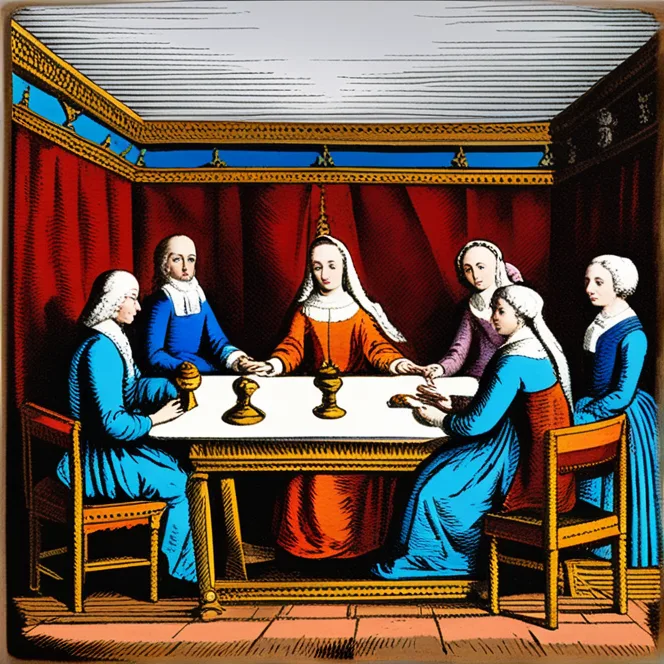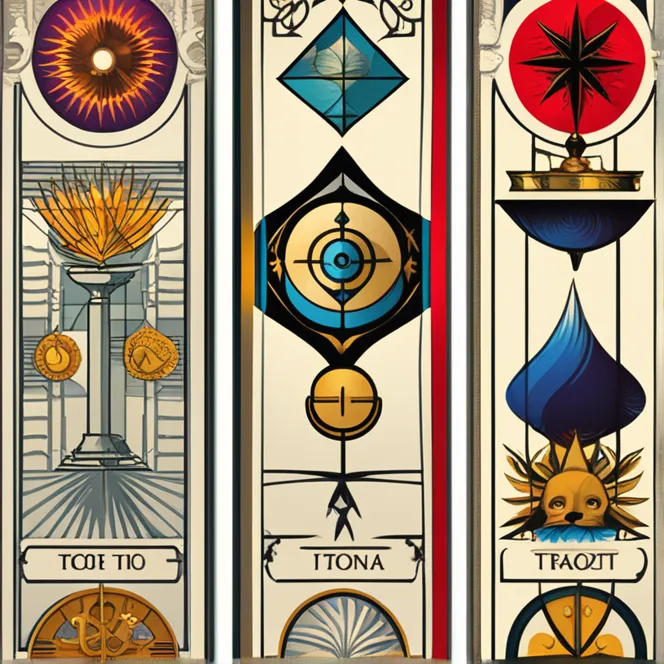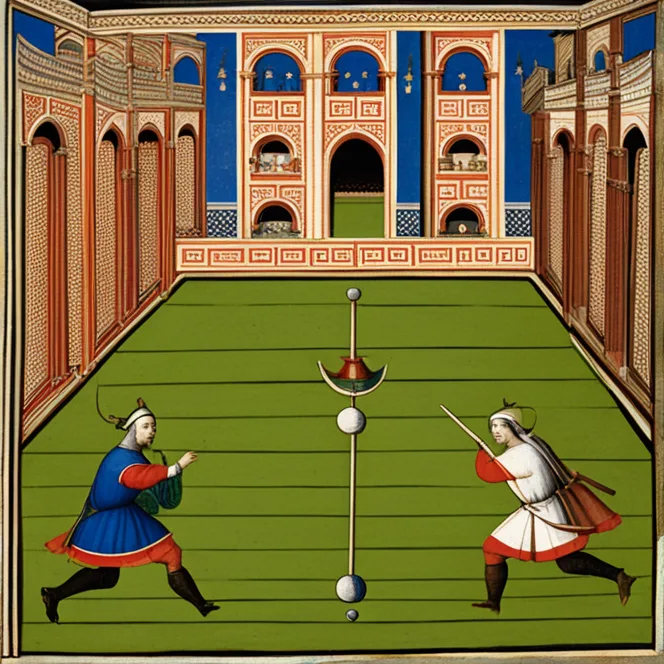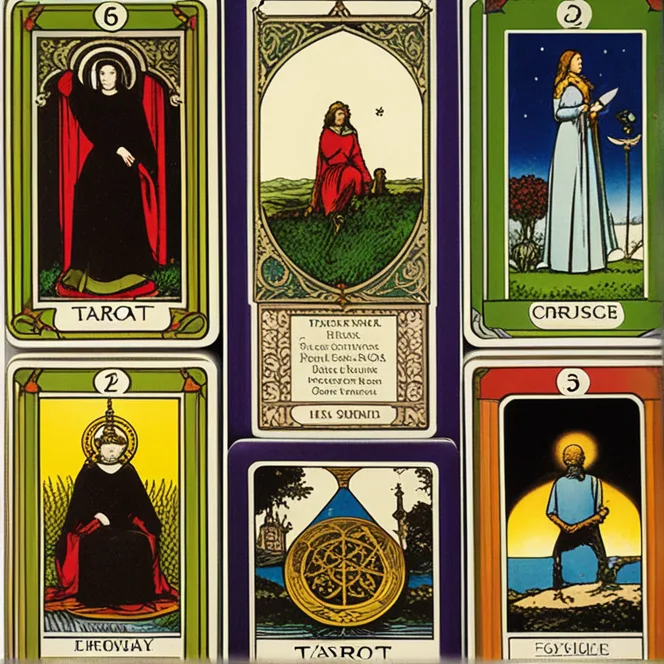
Tracing Tarot's Ancestry
The art of tarot reading, much loved for its mysterious and predictive capabilities, has enigmatic roots that continue to intrigue scholars and enthusiasts alike. The true origin of tarot cards is shrouded in history, with evidence suggesting a lineage that predates their popular use in divination. The earliest tarot decks appeared in 15th-century Europe, but these ornate card sets were not designed for soothsaying. Instead, they were used for games similar to modern-day bridge, known as tarocchi in Italy, from where one of the oldest surviving decks hails - the Visconti-Sforza deck, commissioned by the Duke of Milan's family.

From Game to Divination
It was not until the late 18th century that tarot cards took on a more mystical significance. These powerful cartomantic elements emerged prominently in France, where scholars like Antoine Court de Gébelin and Jean-Baptiste Alliette (also known as Etteilla) theorized that tarot cards held ancient wisdom from Egyptian and Kabbalistic traditions. This era brought forth the idea that these images could function as more than just playing cards; they could serve as a conduit to the divine, providing glimpses into the future and insights into one’s inner psyche.

Romanticizing Ancient Symbols
The 19th century saw a surge of interest in the occult, further propelling tarot cards into the spotlight for their supposed mystical origins. Leaders of the occult movement, such as Eliphas Lévi, contributed to this romantic notion by connecting tarot imagery with the esoteric teachings of Hermeticism and other mystical systems, suggesting a much older heritage. They were often seen as pictorial representations of universal truths and archetypes, revealing the collective unconscious, long before Carl Jung articulated the concept.

The Rider-Waite-Smith Revolution
In the early 20th century, the Rider-Waite-Smith deck, conceived by Arthur Edward Waite and artist Pamela Colman Smith, revolutionized tarot card design and interpretation. This iconic tarot deck shifted the focus from simple representative pips cards to illustrated Minor Arcana cards, providing a richer narrative experience in readings. The Rider-Waite-Smith tarot is still widely used today, setting the standard for modern tarot decks and inspiring a multitude of variations catering to the evolving needs of contemporary practitioners.

Contemporary Tarot and Future Insights
Tarot has since transcended its esoteric origins, becoming a tool for reflection, therapy, and artistic expression. In modern times, its fortune-telling aspect has been popularly accepted, with many seeking tarot readings for guidance through life's complex tapestries. Forecasts based on tarot readings, particularly those aligned with astrological events, continue to pique interest beyond 2024, offering a personalized approach to understanding the energies at play, both in the macrocosm of celestial dynamics and the microcosm of individual experience.
Published: 12/15/2023
Modified: 12/18/2023
More predictions
Come back here soon to learn more about yourself and your future


Tarot: Daily Insights
Discover what the tarot holds for you today with our insightful daily tarot readings.


The Meanings of Tarot Numbers
Delve into the significance of numbers in tarot for greater insight and understanding in readings.


A Beginner's Tarot Handbook
A concise guide for beginners to start their journey with tarot cards, including basic meanings, spreads, and tips for insightful readings.